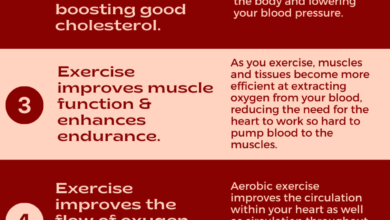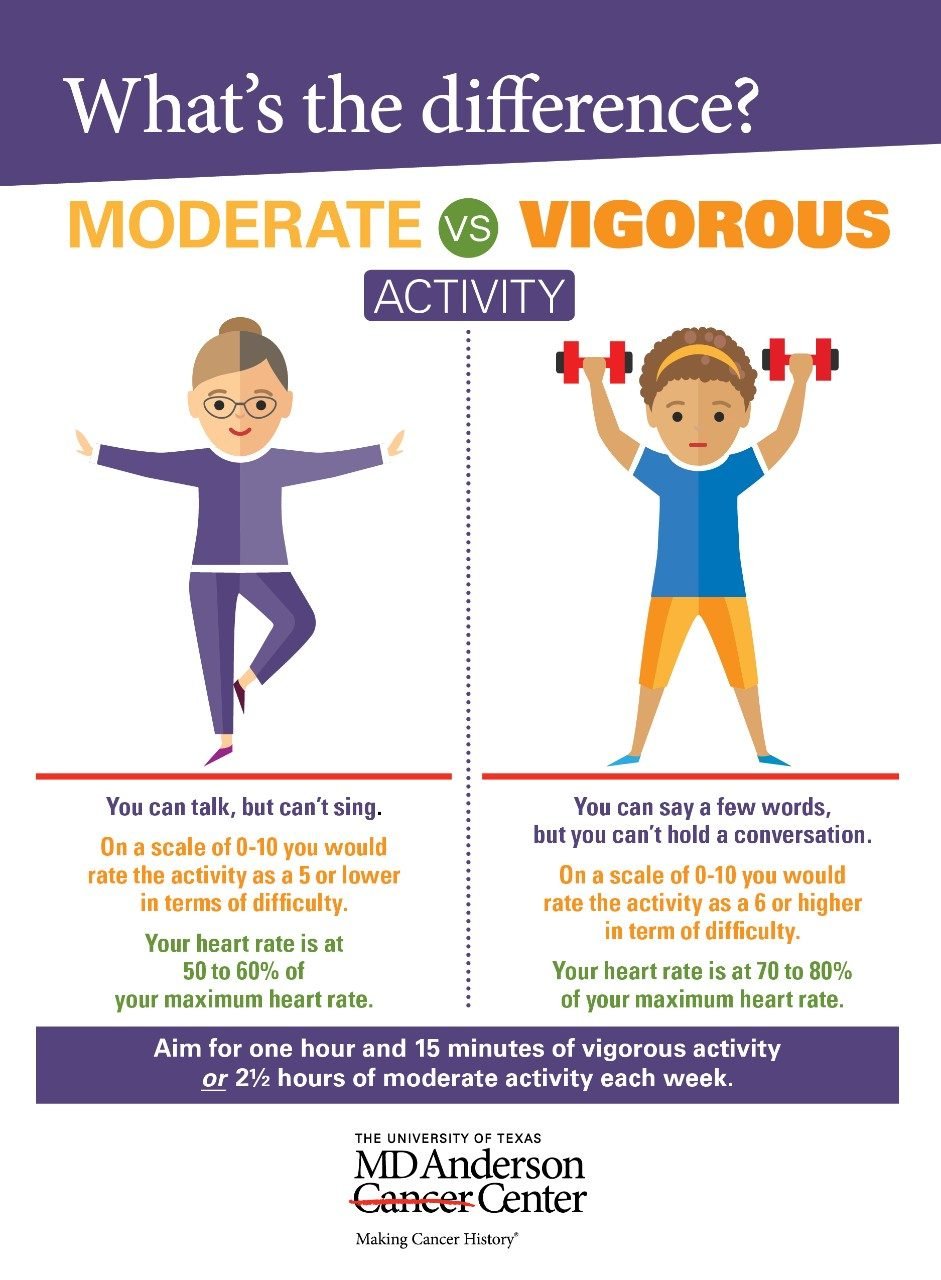
How Do You Know If an Exercise is Moderate Or Vigorous in Intensity: Expert Tips
Knowing if an exercise is moderate or vigorous in intensity is crucial. It helps you track your fitness progress and stay safe.
Understanding the difference can guide you in reaching your fitness goals effectively. Exercise intensity plays a key role in your workout routine. Moderate and vigorous exercises offer different benefits. But how do you determine which is which? Knowing this can make your workouts more productive and enjoyable.
In this blog post, we will explain how you can identify if an exercise is moderate or vigorous. This knowledge will help you tailor your fitness plan to your needs and capabilities. So, let’s dive in and learn how to gauge exercise intensity correctly.
Defining Exercise Intensity
Understanding exercise intensity is crucial for maximizing your workout benefits. It helps you know whether you are working out at a level that meets your fitness goals. Exercise intensity is divided into two main categories: moderate and vigorous. Knowing the difference can help you tailor your workout routine for better results.
Moderate Intensity
Moderate-intensity exercises are activities that increase your heart rate. You can still talk, but singing might be difficult. Examples include brisk walking, light jogging, or casual cycling. These activities make you breathe faster but not out of breath. They improve your cardiovascular health and burn calories. Moderate workouts are suitable for most people. It is a good starting point for beginners.
Vigorous Intensity
Vigorous intensity exercises push your body harder. Talking becomes challenging. Examples include running, fast cycling, or aerobics. These activities significantly increase your heart rate and breathing. They are excellent for building endurance and strength. Vigorous exercise burns more calories in less time. It is ideal for those with higher fitness levels. It provides greater benefits in shorter periods.
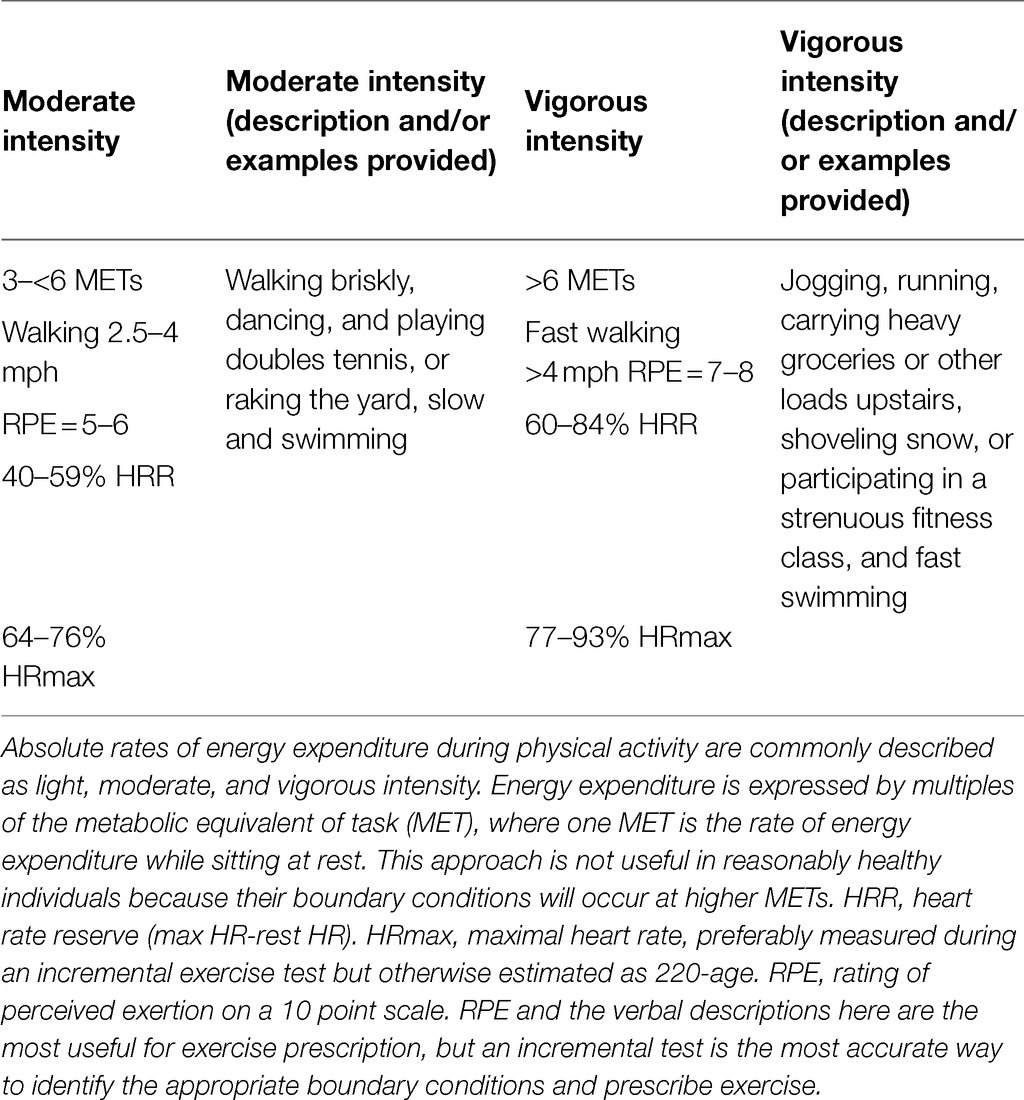
Credit: www.frontiersin.org
Physical Cues To Identify Intensity
Recognizing the intensity of your workout can help you stay safe and effective. Understanding physical cues will guide you in identifying whether a workout is moderate or vigorous. Let’s explore some key signs.
Breathing Patterns
Breathing patterns change with exercise intensity. During moderate-intensity exercise, you should be able to talk but not sing. Your breathing will be deeper but controlled. In vigorous workouts, talking becomes hard. You will need to pause to catch your breath. Breathing is rapid and deep.
Heart Rate
Heart rate is a reliable intensity indicator. For moderate exercise, your heart rate should be 50-70% of your maximum. In vigorous exercise, it increases to 70-85%. You can check your pulse to measure this. Place two fingers on your wrist or neck. Count beats for 15 seconds. Multiply by four for beats per minute.
Using The Talk Test
Understanding the intensity of your exercise can help you maximize your workouts. The Talk Test is a simple way to measure intensity. It helps you know if your exercise is moderate or vigorous. You don’t need any special equipment, just your ability to talk during the activity.
Moderate Exercise
During moderate exercise, you can talk but not sing. You might be walking briskly or doing light cycling. Your heart rate increases, but you can still hold a conversation. This level of activity gets your blood flowing and burns calories.
Vigorous Exercise
During vigorous exercise, talking is difficult and you can’t say more than a few words without pausing. Your heart rate is much higher. Activities like running or aerobic dancing fall into this category. You breathe hard and sweat more.
Perceived Exertion Scale
Understanding the intensity of your workouts can be challenging. This is where the Perceived Exertion Scale comes in. This scale helps you gauge how hard your body is working during exercise. It uses your own feelings of effort, strain, and fatigue. This personal assessment is simple yet effective. It helps you tailor workouts to your needs.
Rating Levels
The Perceived Exertion Scale ranges from 6 to 20. Each number represents a different level of effort. A rating of 6 means no exertion at all. A rating of 20 means maximal exertion. Moderate-intensity activities usually fall between 12 to 14. Vigorous-intensity activities fall between 15 to 18. By knowing these numbers, you can better control your workout intensity.
Application In Workouts
Use the scale during your workouts. Start by assessing your effort level. If you feel you are working moderately, your rating should be around 12 to 14. For vigorous exercise, aim for a rating of 15 to 18. Adjust your pace or intensity based on these ratings. This ensures you stay within your desired intensity range.
Regularly using the Perceived Exertion Scale helps you listen to your body. It allows you to push yourself safely. It also helps you avoid overtraining. This makes your workouts more effective and enjoyable.
Technological Tools
Technological tools have revolutionized the way we track workout intensity. Using technology, you can easily monitor whether your workout is moderate or vigorous. Devices and apps provide real-time data to help you adjust your activity level. Let’s explore some popular technological tools.
Heart Rate Monitors
Heart rate monitors help you track your heart rate during workouts. They provide accurate readings, so you know if your exercise is moderate or vigorous. A moderate workout usually keeps your heart rate at 50-70% of your maximum heart rate. Vigorous exercise pushes it to 70-85%. These devices can be worn on the wrist or chest for convenience.
Fitness Apps
Fitness apps are excellent tools for monitoring exercise intensity. Many apps track your heart rate, steps, and calories burned. They also provide feedback on the intensity of your workout. You can set goals and receive notifications if you need to increase or decrease your activity level. These apps often integrate with other devices like smartwatches and fitness trackers.
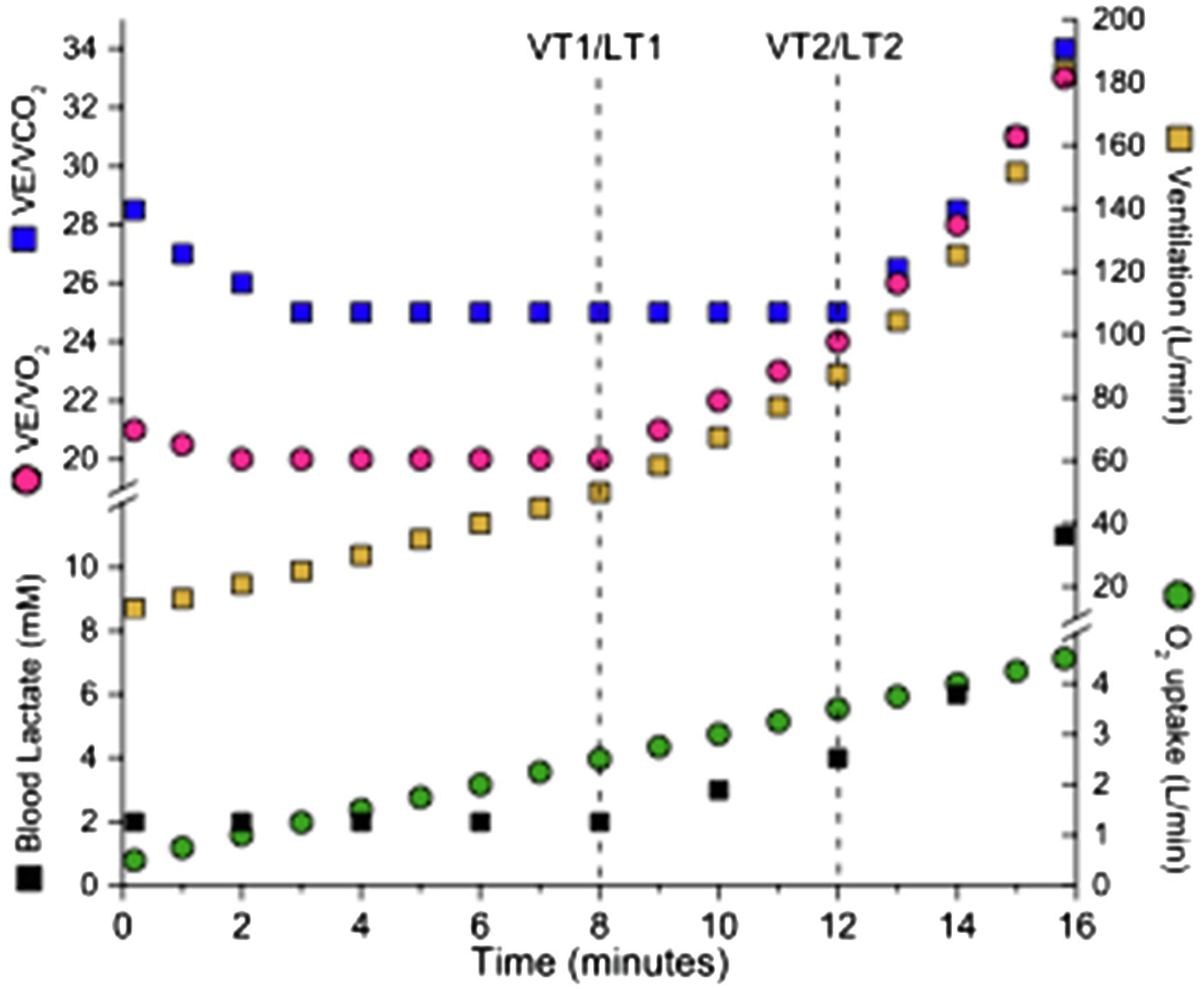
Credit: www.frontiersin.org
Benefits Of Moderate Exercise
Moderate workout plays a crucial role in maintaining overall health. It helps you stay fit without straining your body too much. Engaging in moderate physical activities can lead to numerous health benefits. These activities are accessible and easy to incorporate into daily life.
Health Benefits
Regular moderate workout improves cardiovascular health. It reduces the risk of heart disease. Workout also helps in maintaining a healthy weight. It boosts your immune system, making you less prone to illnesses. Moderate exercise can also improve mental health. It reduces stress and anxiety, promoting a sense of well-being. Consistent physical activity enhances sleep quality. It ensures you wake up refreshed and ready for the day.
Examples Of Activities
Moderate exercise includes a variety of activities. Brisk walking is a popular choice. Cycling at a steady pace is another great option. Swimming can also be considered a moderate workout. Gardening and household chores count too. Dancing and water aerobics are fun and effective. Even playing with your kids or pets can be a moderate workout.
Benefits Of Vigorous Exercise
Vigorous workouts can significantly enhance overall health. Engaging in high-intensity activities boosts cardiovascular fitness. It helps burn more calories in less time. This type of exercise also strengthens muscles and bones.
People who regularly engage in vigorous activities often enjoy better mental health. The release of endorphins during intense workouts can improve mood and reduce stress. Regular vigorous workout also helps maintain a healthy weight. It improves sleep quality and boosts energy levels.
Health Advantages
A vigorous workout offers numerous health benefits. It reduces the risk of chronic diseases like heart disease and diabetes. It also helps lower blood pressure and improve cholesterol levels. Regular intense workouts can enhance lung function.
People who workout vigorously often experience improved immune system function. This means fewer colds and other illnesses. Vigorous exercise can also help prevent obesity. It plays a role in managing weight and reducing body fat.
Examples Of Activities
Several activities qualify as vigorous workouts. Running or jogging at a fast pace is one example. Swimming laps at a quick speed is another. High-intensity interval training (HIIT) is also a great option.
Sports like soccer, basketball, and tennis provide a vigorous workout. Cycling at speeds of over 10 miles per hour counts too. Even dancing energetically can be a vigorous workout. Choose activities that you enjoy and can perform safely.
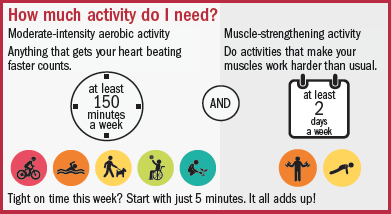
Credit: www.health.harvard.edu
Combining Intensities
Combining different workout intensities can create a balanced workout routine. It’s essential to know the difference between moderate and vigorous exercises. This knowledge helps in creating a routine that suits your fitness goals and body needs. By mixing both intensities, you can achieve better overall health and fitness.
Balanced Workout Plans
A balanced workout plan includes both moderate and vigorous exercises. Moderate workouts might include brisk walking, light jogging, or swimming. Vigorous workouts could be running, fast cycling, or high-intensity interval training (HIIT). Combining these intensities can improve cardiovascular health, strength, and flexibility.
For instance, you might walk briskly for 30 minutes on some days. On other days, you could include a 20-minute HIIT session. This mix keeps your workouts interesting and challenging. It also helps prevent burnout and injuries. Always listen to your body and adjust the intensities as needed.
Tips For Beginners
Beginners should start with moderate exercises. Walking, slow cycling, or yoga are good choices. As your fitness improves, gradually add in more vigorous activities. Start slow and focus on form and consistency.
Use the talk test to gauge intensity. If you can talk but not sing, it’s moderate. If you can say only a few words without pausing for breath, it’s vigorous. Track your progress and celebrate small milestones. This keeps you motivated and committed to your fitness journey.
Remember, the key is to stay consistent. Mix up your routine and enjoy the process. Combining different intensities can make your workouts more effective and enjoyable.
Frequently Asked Questions
What Defines Moderate Intensity Exercise?
Moderate-intensity exercise makes you breathe faster and increases your heart rate. You can talk but not sing.
How Can I Measure Vigorous Intensity Exercise?
Vigorous intensity workout significantly raises your heart rate. You can’t say more than a few words without pausing for breath.
What Are Examples Of Moderate Intensity Exercises?
Examples include brisk walking, light bicycling, and gardening. These activities increase your heart rate and breathing.
Are There Tools To Track Exercise Intensity?
Yes, you can use heart rate monitors, fitness trackers, or apps to measure exercise intensity. They help you stay within your target zone.
Conclusion
Knowing exercise intensity helps in achieving fitness goals effectively. Moderate workout include brisk walking or light cycling. Vigorous exercises include running or aerobics. Listen to your body. Track your heart rate. Choose workout that fit your fitness level. Stay consistent.
Enjoy the process. Balance moderate and vigorous workouts. This ensures a healthy and active lifestyle. Remember, the right intensity boosts overall health. Stay active, stay healthy.




